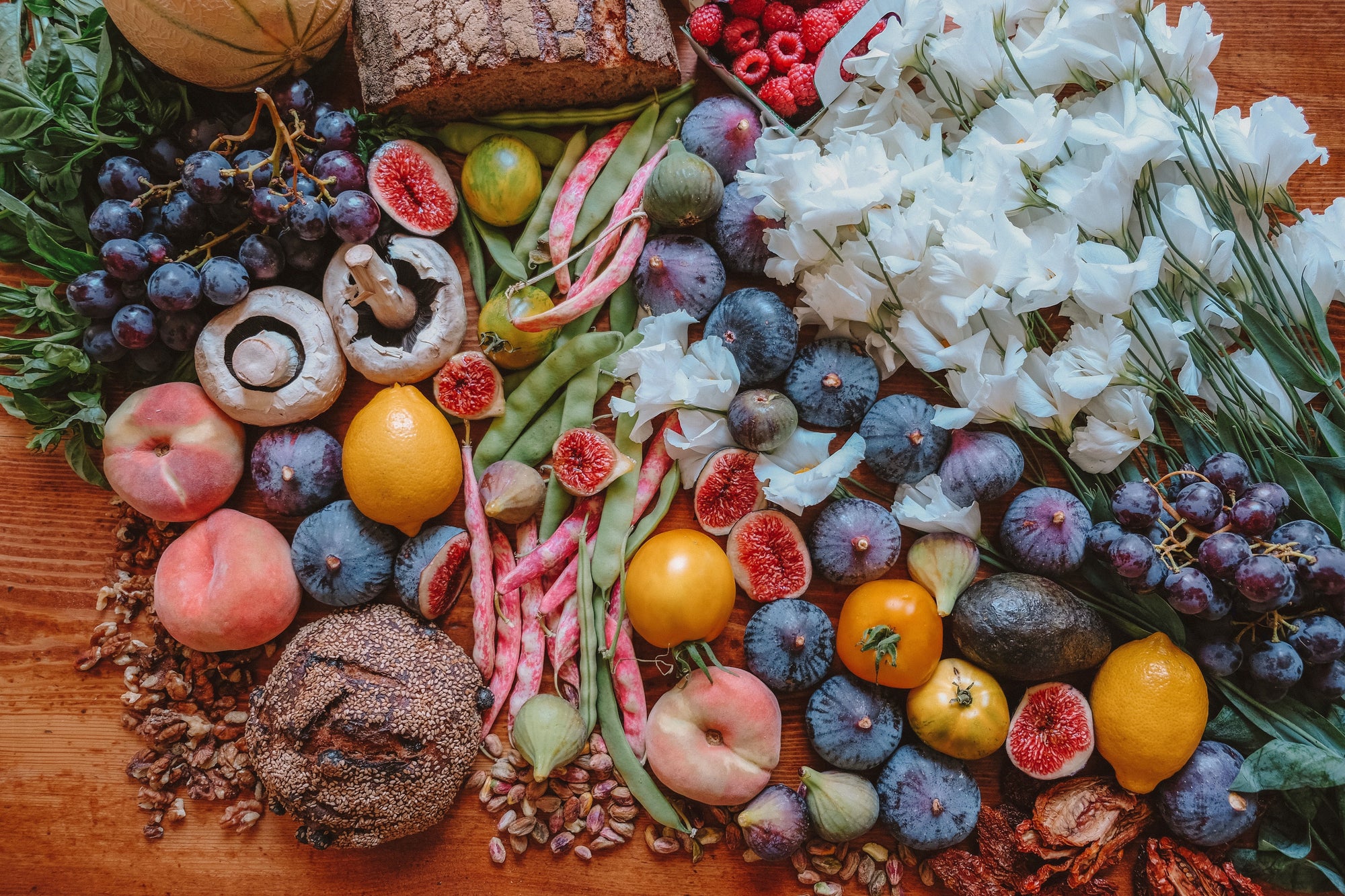

Top High-Fiber Foods to Include in Your Daily Diet
Including high-fiber foods in your daily diet is a smart choice for promoting digestive health, maintaining a healthy weight, and supporting overall well-being. By incorporating a variety of fiber-rich foods from different food groups, you can easily meet your daily fiber requirements while enjoying a range of delicious and nutritious options. Let's explore some of the top high-fiber foods you can include in your daily meals and snacks.
Fruits
Fruits are not only refreshing and packed with vitamins but are also excellent sources of dietary fiber. Here are some fiber-rich fruits to consider:
-
Raspberries: Raspberries are a fiber powerhouse, providing an impressive 8 grams of fiber per cup. They are also rich in antioxidants and vitamin C, promoting immune health.
-
Avocado: Avocados are not only a source of healthy fats but also contain approximately 9 grams of fiber in a medium-sized fruit. They are versatile and can be added to salads, sandwiches, or enjoyed as guacamole.
-
Pears: Pears are known for their juicy texture and sweet taste. They offer about 5 grams of fiber per medium-sized fruit and are a good source of vitamin C and antioxidants.
Vegetables
Vegetables are essential for a well-rounded, fiber-rich diet. Consider adding the following vegetables to your meals:
-
Broccoli: Broccoli is a cruciferous vegetable packed with nutrients and approximately 5 grams of fiber per cooked cup. It is also a good source of vitamins C and K, as well as folate.
-
Carrots: Carrots are not only crunchy and delicious but also provide about 3.5 grams of fiber per medium-sized carrot. They are rich in beta-carotene, which is beneficial for eye health.
-
Brussels Sprouts: Brussels sprouts are a versatile vegetable with a mildly bitter taste. They offer around 4 grams of fiber per cooked cup and are a great source of vitamins C and K.
Whole Grains
Whole grains are an excellent source of dietary fiber, as they contain the entire grain, including the bran, germ, and endosperm. Consider incorporating these high-fiber whole grains into your diet:
-
Oats: Oats are a popular breakfast choice and provide approximately 4 grams of fiber per cooked cup. They are also rich in antioxidants and known for their heart-healthy properties.
-
Quinoa: Quinoa is a versatile grain that offers about 5 grams of fiber per cooked cup. It is also a complete protein, providing all essential amino acids.
-
Whole Wheat: Opt for whole wheat bread, pasta, and other whole wheat products, as they offer more fiber compared to refined grains. One slice of whole wheat bread typically contains around 2-3 grams of fiber.
Legumes
Legumes, including beans, lentils, and chickpeas, are not only high in fiber but also excellent sources of plant-based protein. Consider including these legumes in your diet:
-
Black Beans: Black beans provide around 15 grams of fiber per cooked cup and are a good source of protein. They can be added to salads, soups, or used as a filling for tacos and burritos.
-
Lentils: Lentils offer approximately 15 grams of fiber per cooked cup and are rich in protein and iron. They cook relatively quickly and can be used in various dishes, such as soups, stews, or salads.
-
Chickpeas: Chickpeas, also known as garbanzo beans, provide about 12 grams of fiber per cooked cup. They are a versatile legume and can be used to make hummus, roasted as a snack, or added to salads and curries.
Nuts and Seeds
Nuts and seeds not only provide healthy fats and protein but also offer a good amount of dietary fiber. Consider incorporating the following options into your daily diet:
-
Chia Seeds: Chia seeds are rich in fiber and provide approximately 5 grams of fiber per tablespoon. They can be added to smoothies, oatmeal, or used as an egg substitute in baking.
-
Almonds: Almonds are a nutritious nut that provides about 3.5 grams of fiber per ounce (approximately 23 almonds). They are also a great source of healthy fats and vitamin E.
-
Flaxseeds: Flaxseeds are rich in omega-3 fatty acids and provide around 3 grams of fiber per tablespoon. They can be ground and added to smoothies, yogurt, or used in baking recipes.
Suggestions for Incorporation
To incorporate these high-fiber foods into your meals and snacks, consider the following suggestions:
- Add berries, sliced avocado, or pear slices to your morning cereal or yogurt.
- Include a variety of vegetables in your salads, stir-fries, or roasted vegetable medleys.
- Swap refined grains with whole grain options like oats, quinoa, or whole wheat products.
- Prepare dishes using legumes as a primary protein source, such as bean soups, lentil curries, or chickpea salads.
- Snack on a handful of nuts or seeds, or incorporate them into homemade energy bars or granola.
By including a combination of fruits, vegetables, whole grains, legumes, and nuts/seeds in your daily diet, you can enjoy a wide range of flavors and textures while boosting your fiber intake. Remember to drink plenty of water throughout the day to support healthy digestion.
So, make these high-fiber foods a regular part of your meals and snacks, and reap the benefits of improved digestive health, weight management, and overall well-being.
Disclaimer: This article is for informational purposes only and should not replace medical advice. Consult a healthcare professional before making significant changes to your diet.
